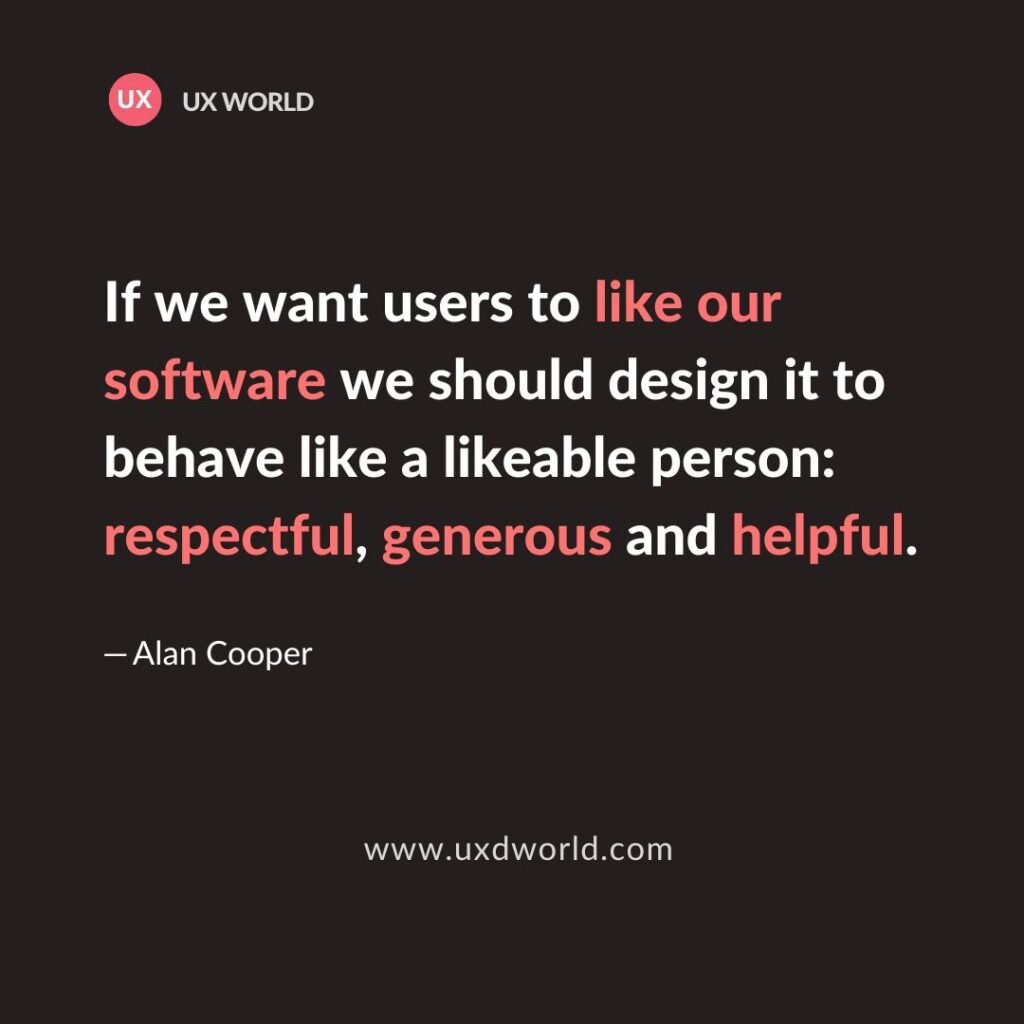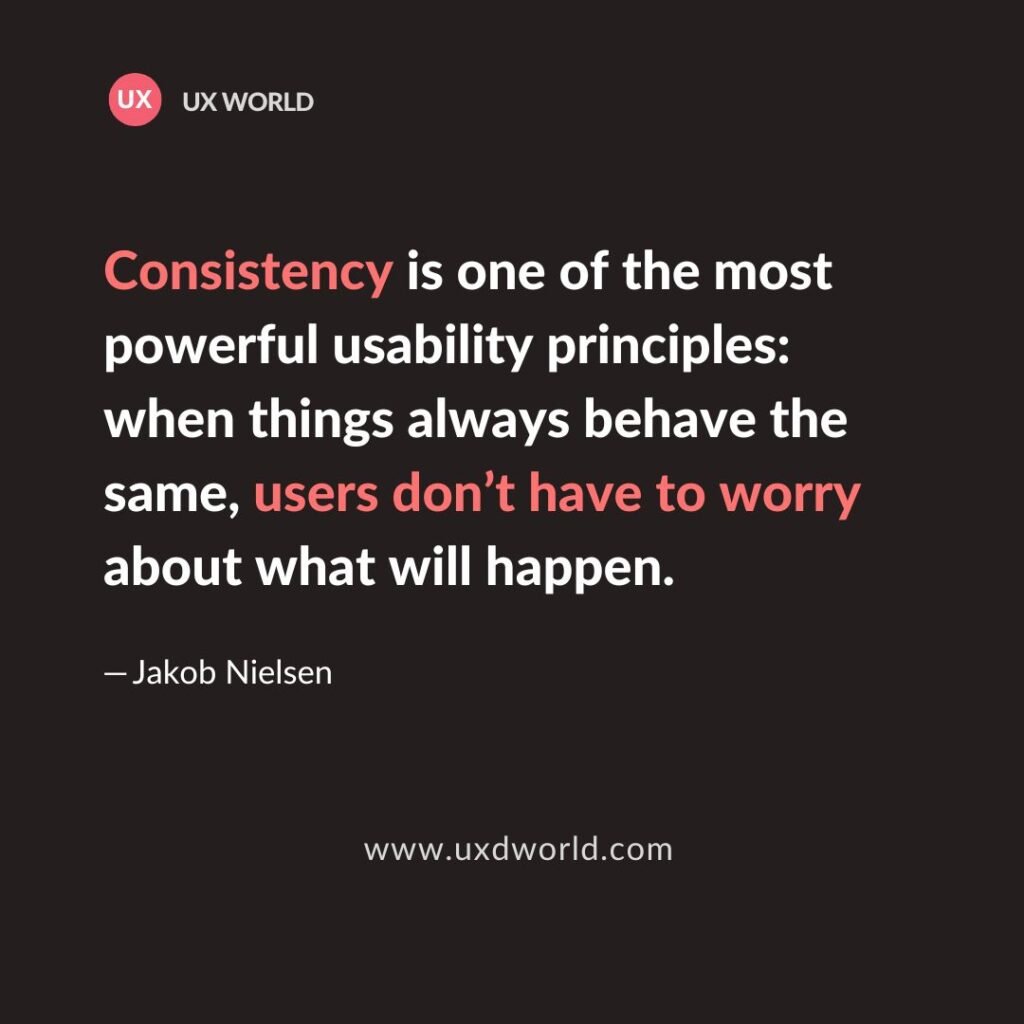Last Updated on June 21, 2024 by UX World
“Designers are afraid of incremental design but to launch faster you need an incremental vision.”— Katie Dill
An incremental vision allows you to deliver the output, in our case design, in small increments to your customer.
In simple words, incremental design means splitting the design problem into smaller problems and working on these problems one by one while making improvements in the solutions by getting feedback from the customer.
UX designers usually look at the bigger picture of the problem. They want to work on the entire design problem at once as they do not want to miss anything in the solution.
UX designers are perfectionists and they do not want to deliver an increment or a part of functionality until and unless they have tested it with the entire design.
However, in today’s world, this approach is not useful. The customer will not wait long until the entire product design is completed. And there is a chance that the product is not providing the features that the customer wants.
It means there is a need to move towards an incremental design approach. It is much better to deliver an increment of your design earlier to your customers to get their feedback and make improvements in the upcoming increment.
Take an example of a text editor.
If you follow the traditional approach
and design the maximum possible features of the text editor before releasing the design to the customer, you will face certain issues.
- Your customer will wait a long without any clue about your design.
- They will not be able to provide any feedback since they are not aware of your approach.
- They are not part of your design process and will get the entire design at once and then can provide feedback.
- The changes are becoming costly and more time-consuming as you must re-work a lot.
If you follow an incremental design approach
to design a text editor, what will happen?
- You will decide on a minimum viable product (MVP) as the first increment and start working on that.
- You will meet your customers regularly and involve them in your design decisions.
- Get their feedback on the MVP, and determine the strategic direction of further product development.
- Hence, you will remain closer to the right product as your customer is part of the process.
- Delivering increment by increment will help to cater to changes easily in coming increments.
If we summarize, the benefits of the incremental design are:
Continuous Improvement
By delivering a small feature, you have the chance to get feedback after each iteration and hence improve your product in the next iteration.
Visibility
The client has the transparency of functionality that is being implemented. They can quickly review things and suggest changes.
More flexibility
Change management is easier as updating the design after an increment is less costly as compared to updating the design after creating the whole functionality.
More productivity
Teams feel more productive as they are delivering something quite often and get a response on their delivery.
Launch Faster
Most importantly, incremental design leads to incremental development. Hence, you can launch a working product and go to market faster, and generate revenue earlier than if you work on the design and development of a fully-featured product before its launch.
Want to Learn UX Design?
- Try Interaction Design Foundation. IxDF offers online design courses that cover the entire spectrum of UX design, from foundational to advanced level. As a UX Design World reader, you get 25% off your first year of membership with the IxDF.
- The UI/UX Design Specialization from Coursera brings a design-centric approach to user interface and user experience design and offers practical, skill-based instruction centered around a visual communications perspective. By learning this Design Specialization, you can design high-impact user experiences for your customers.
Thanks for reading.
Subscribe for more related articles at UX World.
If you have any questions, contact us here: Facebook | YouTube | Twitter | Instagram | Linkedin



